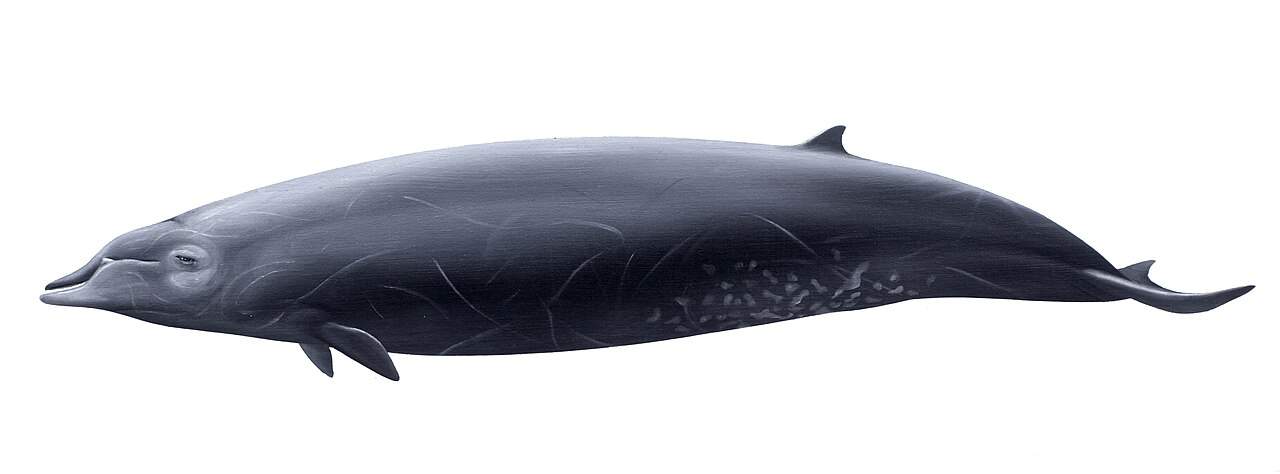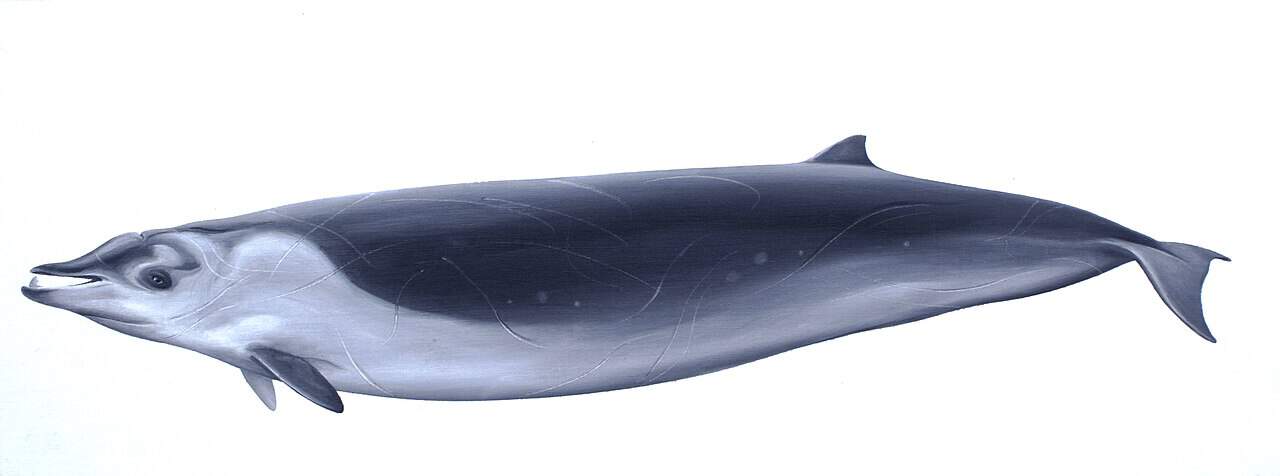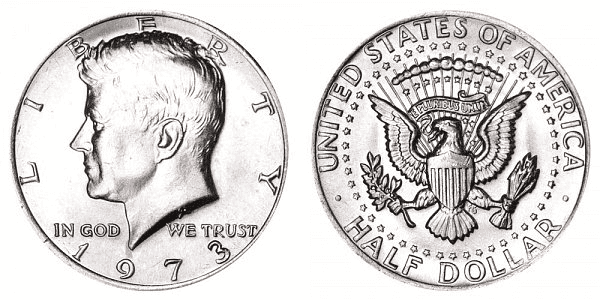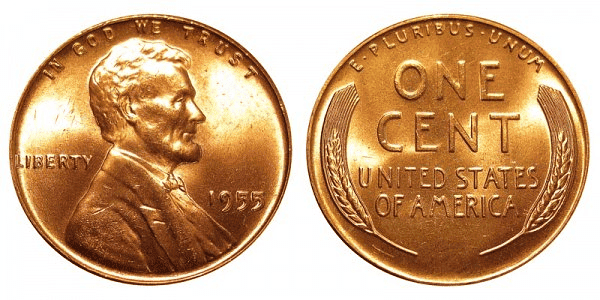Whales, the majestic giants of the ocean, encompass a diverse array of species, each with its own unique characteristics and habitats. Among these magnificent creatures, some stand out for their extreme rarity, often making sightings a once-in-a-lifetime experience for fortunate observers. In this article, we’ll delve into the world of the 14 rarest species of whales, shedding light on their elusive nature and the challenges they face in today’s changing environment.
North Atlantic Right Whale (Eubalaena glacialis)
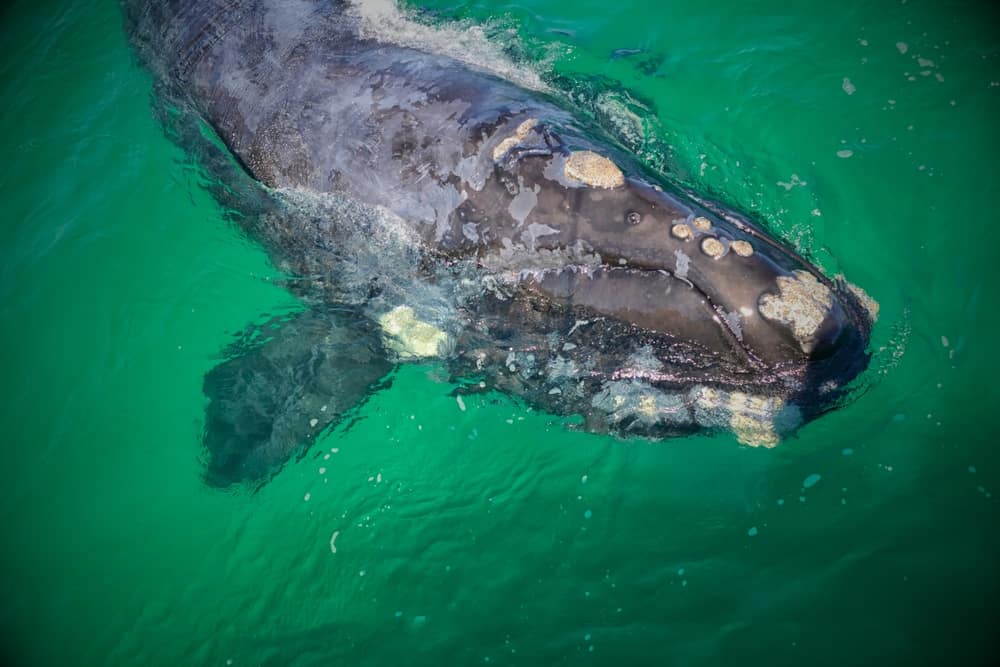
The North Atlantic Right Whale (Eubalaena glacialis) is one of the most endangered of all large whales, with only about 400 individuals remaining. Easily recognized by their massive heads and large callosities, they frequent the coastal waters of the eastern United States and Canada. Historically decimated by whaling, their numbers remain low due to threats from ship strikes and entanglement in fishing gear.
Bowhead Whale (Balaena mysticetus)
 Image Editorial Credit: Vicki Beaver / Wikimedia Commons
Image Editorial Credit: Vicki Beaver / Wikimedia Commons
The Bowhead Whale (Balaena mysticetus) is found in Arctic and sub-Arctic waters and is notable for its immense bow-shaped head, which constitutes about a third of its body length. Known for their longevity, they can live over 200 years. Bowhead whales are considered relatively rare but have been less impacted by commercial whaling compared to other species, with a population in the tens of thousands.
Sperm Whale (Physeter macrocephalus)
 Image Editorial Credit: Martin Prochazkacz / Shutterstock
Image Editorial Credit: Martin Prochazkacz / Shutterstock
The Sperm Whale (Physeter macrocephalus) is the largest toothed predator and is famous for its role in Herman Melville’s “Moby Dick.” It has a distinctive block-shaped head and can dive deeper than almost any other whale, primarily to feed on squid. With a global distribution, sperm whales are not considered as rare as some other species but are still vulnerable to threats like entanglement and pollution.
Sei Whale (Balaenoptera borealis)
 Image Editorial Credit: Christin Khan / Wikimedia Commons
Image Editorial Credit: Christin Khan / Wikimedia Commons
The Sei Whale (Balaenoptera borealis) is one of the faster swimming baleen whales, and it is often found in deep offshore waters. Characterized by its sleek body and relatively short baleen, it feeds by skimming the water for plankton. Heavily hunted during the whaling era, the Sei Whale remains endangered with an unclear population estimate, though it numbers in the thousands.
Bryde’s Whale (Balaenoptera edeni)
 Image Editorial Credit: Surin Phumphuang 1 / Shutterstock
Image Editorial Credit: Surin Phumphuang 1 / Shutterstock
Bryde’s Whale (Balaenoptera edeni) inhabits warm temperate and tropical waters around the world. It is medium-sized, reaching lengths of about 15 meters, and is distinguished by the three longitudinal ridges on top of its head. While not extensively studied, Bryde’s whales are not considered critically endangered, though precise population numbers are lacking.
Omura’s Whale (Balaenoptera omurai)
 Image Editorial Credit: Tharuka Photographer / Shutterstock
Image Editorial Credit: Tharuka Photographer / Shutterstock
Omura’s Whale (Balaenoptera omurai) was only identified as a distinct species in 2003, making it one of the least understood whales. These whales are smaller and more slender than other baleen whales, with unique asymmetrical coloration on their heads. Found in tropical and subtropical waters, their population is unknown, but they are considered rare.
Rice’s Whale (Balaenoptera ricei)
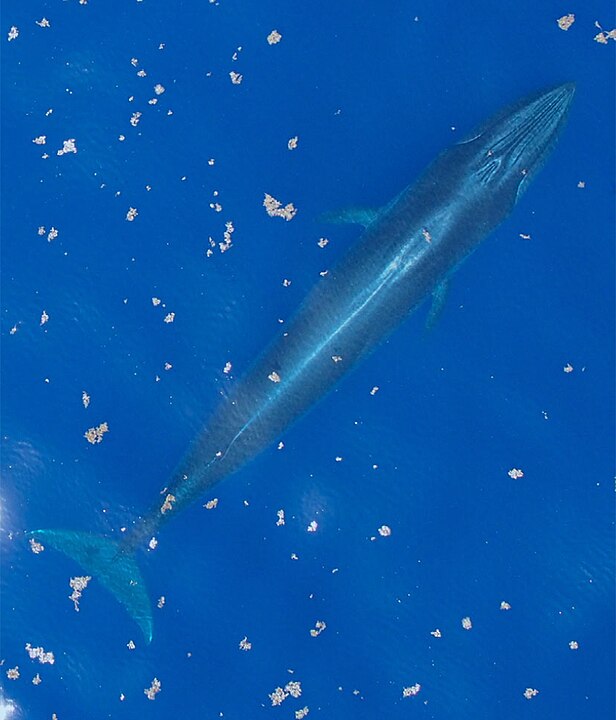
Rice’s Whale (Balaenoptera ricei) is a recently recognized species, previously grouped with Bryde’s whales. Found exclusively in the Gulf of Mexico, it is critically endangered, with estimates suggesting fewer than 100 individuals remain. They are at risk primarily due to habitat degradation and oil spills.
Andrews’ Beaked Whale (Mesoplodon bowdoini)
Image Editorial Credit: Jörg Mazur / Wikimedia Commons
Andrews’ Beaked Whale (Mesoplodon bowdoini) is rarely seen and poorly understood due to its deep ocean habitat and elusive nature. Sightings are limited, and most information comes from stranded individuals. It is presumed to be rare and is one of the least known of the beaked whales.
Hector’s Beaked Whale (Mesoplodon hectori)
Image Editorial Credit: Jörg Mazur / Wikimedia Commons
Hector’s Beaked Whale (Mesoplodon hectori) is a small, rarely seen whale found in the Southern Hemisphere’s deep waters. Known from only a few strandings and sightings, very little is known about their population size or behavior, making them one of the more mysterious cetacean species.
Stejneger’s Beaked Whale (Mesoplodon stejnegeri)
 Image Editorial Credit: SalvatoreChamu / Flickr
Image Editorial Credit: SalvatoreChamu / Flickr
Stejneger’s Beaked Whale (Mesoplodon stejnegeri), also known as the Bering Sea beaked whale, is typically found in the cold waters of the North Pacific. Like other beaked whales, it is elusive and primarily known from strandings. The species is considered rare and little studied.
Ginkgo-toothed Beaked Whale (Mesoplodon ginkgodens)
Image Editorial Credit: Jörg Mazur / Wikimedia Commons
The Ginkgo-toothed Beaked Whale (Mesoplodon ginkgodens) inhabits the Pacific Ocean and is named for the shape of its male’s teeth. Rarely sighted at sea, it is one of the less known beaked whales, with most information derived from stranded specimens.
Hubbs’ Beaked Whale (Mesoplodon carlhubbsi)
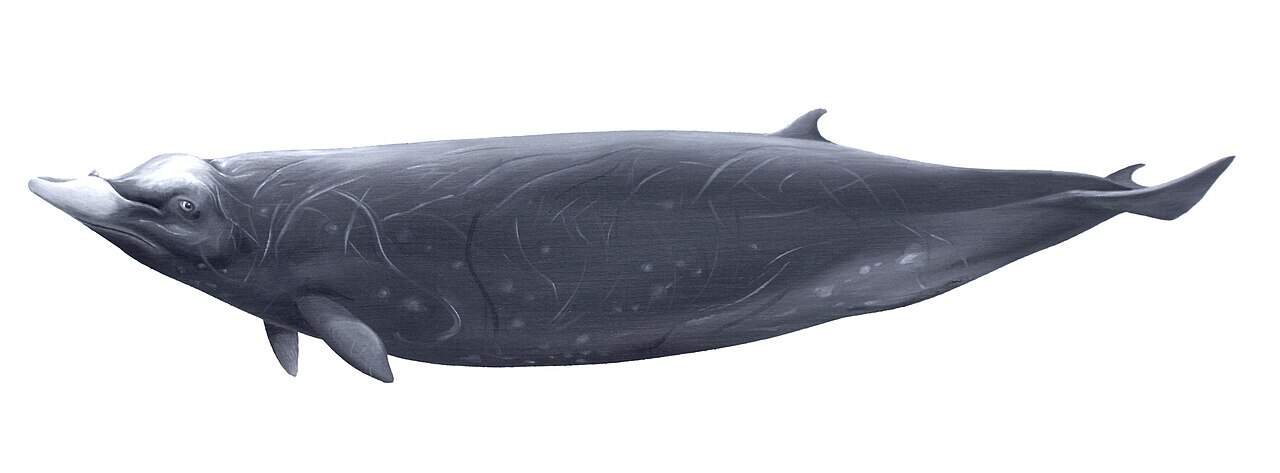
Hubbs’ Beaked Whale (Mesoplodon carlhubbsi) is another deep-water species found primarily in the North Pacific. Characterized by a bulbous forehead and beak, sightings are rare, and it is mostly known from strandings.
Perrin’s Beaked Whale (Mesoplodon perrini)
Image Editorial Credit: Jörg Mazur / Wikimedia Commons
Perrin’s Beaked Whale (Mesoplodon perrini) was identified as a distinct species in 2002 and is known from a limited number of specimens, all from the North Pacific. Its rarity and elusive nature make it one of the lesser-known marine mammals.
Gervais’ Beaked Whale (Mesoplodon europaeus)
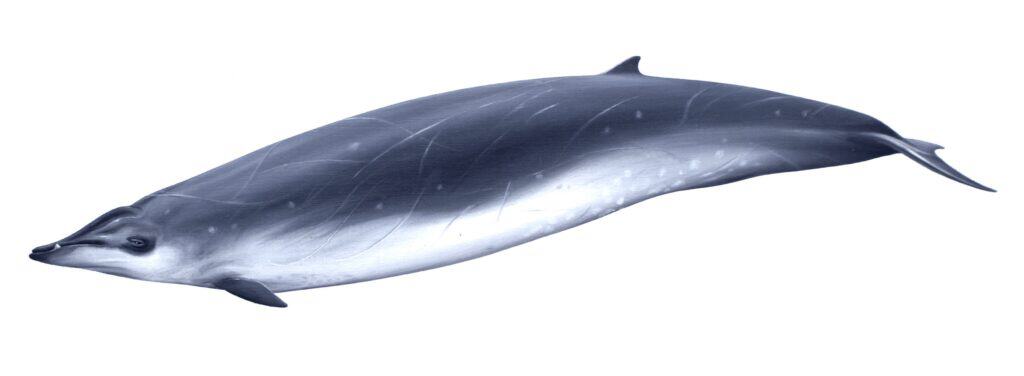
Gervais’ Beaked Whale (Mesoplodon europaeus) is found in deep waters of the North Atlantic. This species is slightly better known than some of its relatives but remains elusive, with its biology and population size largely a mystery. Like other beaked whales, it is considered rare.
This article is originally appeared on Rarest.org
More from Rarest.org
1973 Kennedy Half Dollar Value Guide
Provided by Rarest.org
The 1973 Kennedy half dollar is made of 75% copper and 25% nickel. The coin is clad with nickel, and its core is pure copper. However, the Kennedy half dollar was initially made of 60% copper and 40% silver, produced from 1965 to 1970. Read More
1955 Wheat Penny Value Guide
Provided by Rarest.org
The 1955 wheat penny is made of 95% copper, 5% tin, and zinc. In 1943, the penny was made with zinc-plated steel, which made a truly unique year for the 1-cent coin. From 1909 to 1942 and from 1944 to 1982, the penny was made with copper, tin, and zinc. Read More
1943 Lincoln Steel Penny Value Guide
Provided by Rarest.org
The 1943 Lincoln steel penny is perhaps the most unique type of penny coin in the entire series of Lincoln penny. For one, it is the only year when the Lincoln penny was struck in steel. Read More

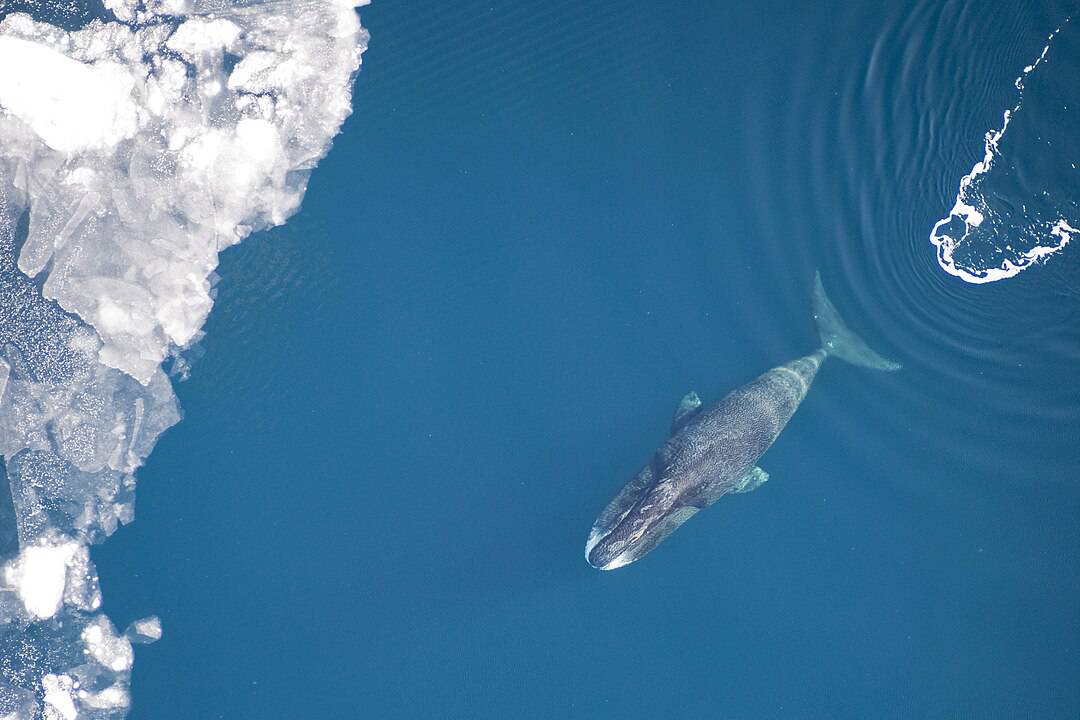
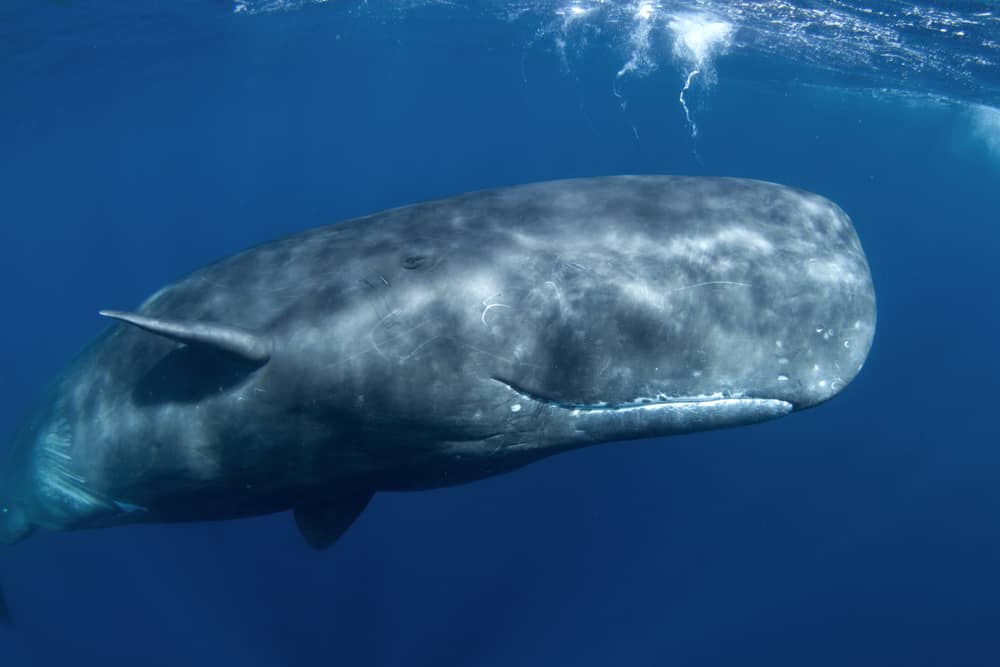 Image Editorial Credit:
Image Editorial Credit: 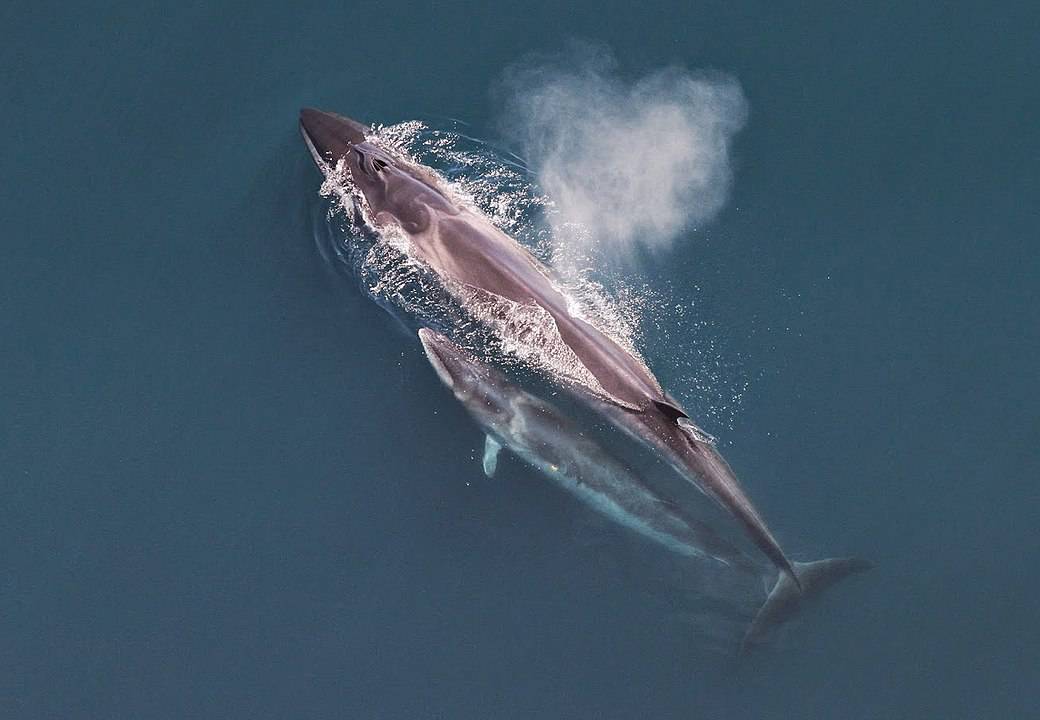
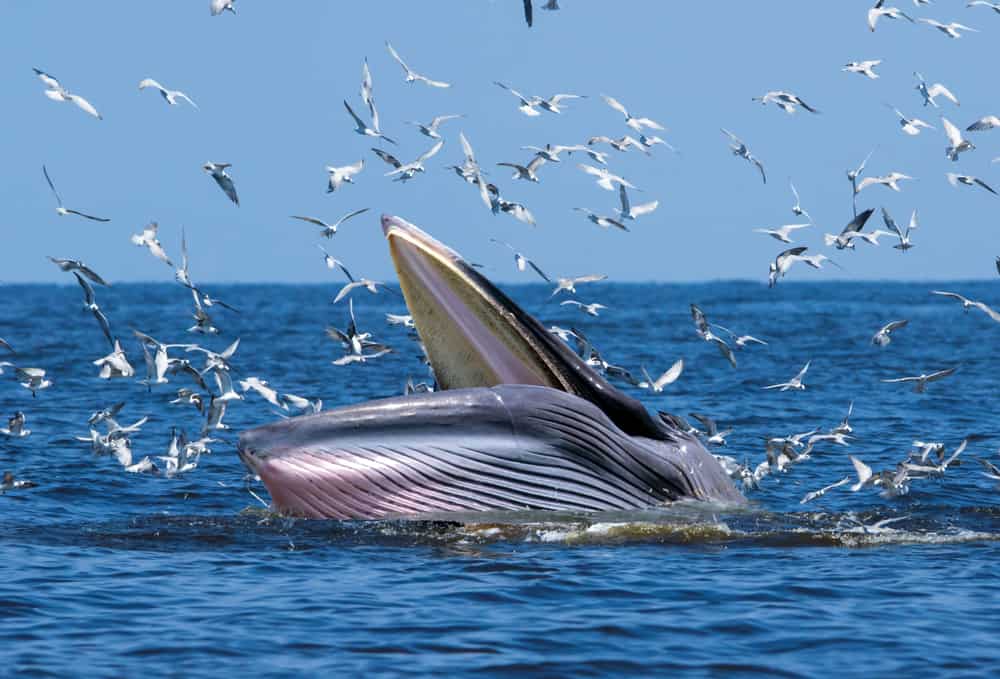 Image Editorial Credit:
Image Editorial Credit: 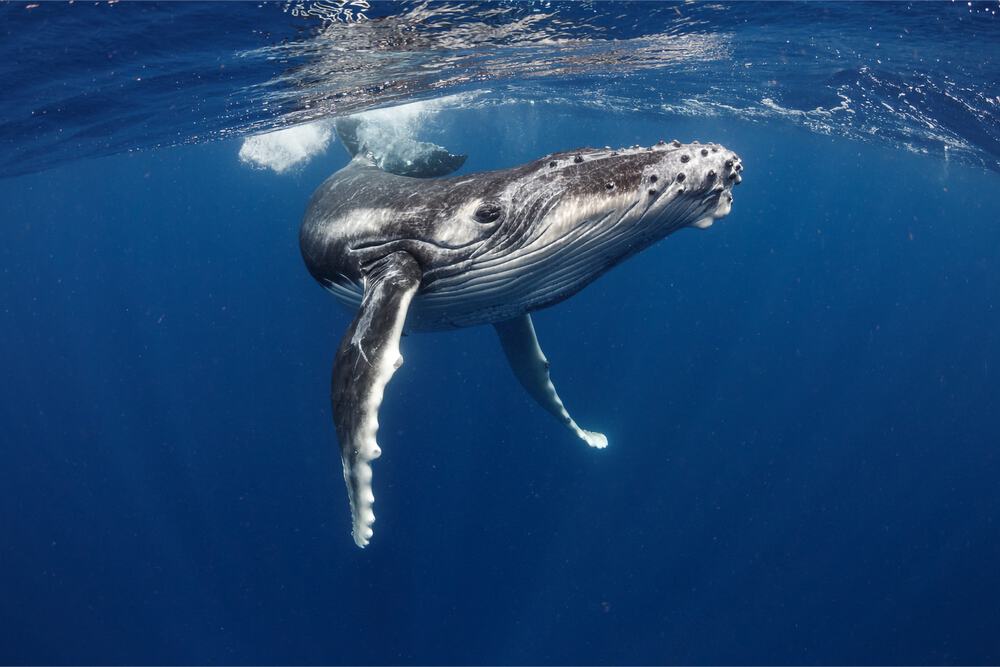 Image Editorial Credit:
Image Editorial Credit: 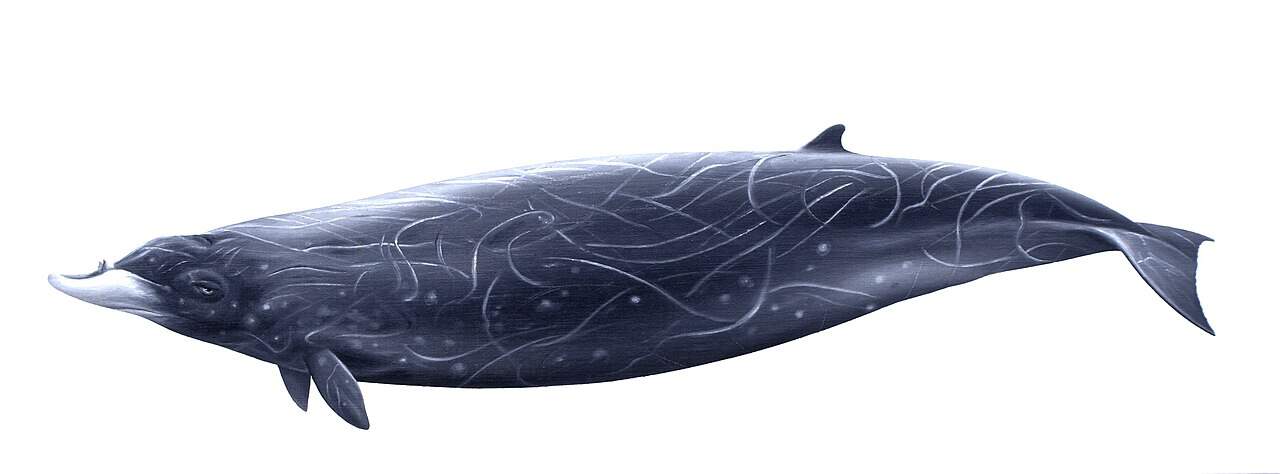
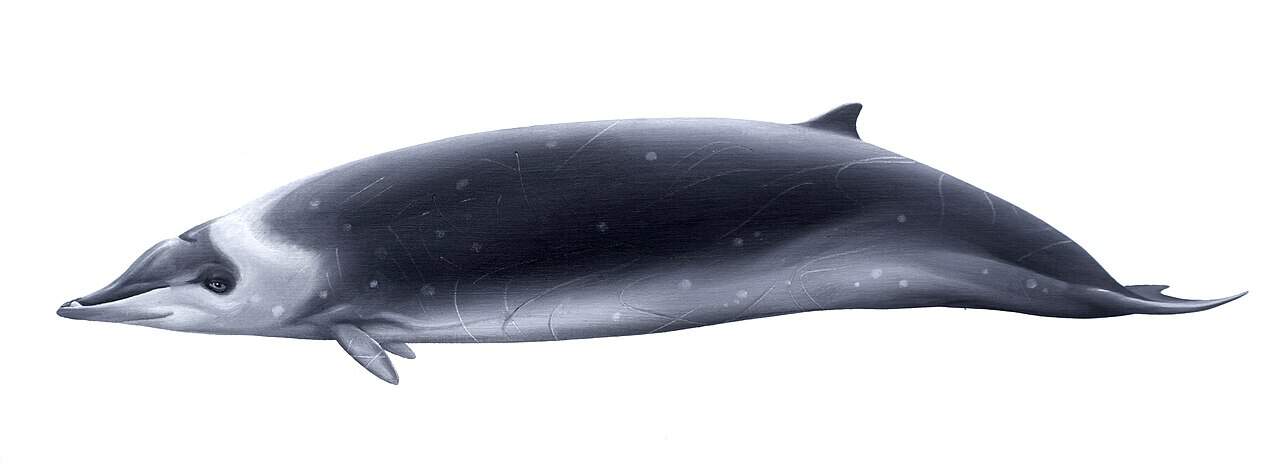
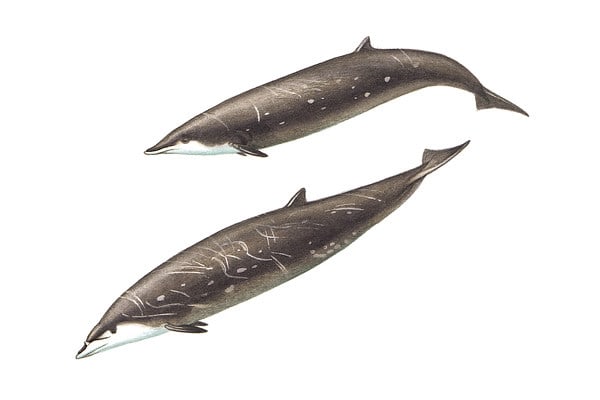 Image Editorial Credit:
Image Editorial Credit: 